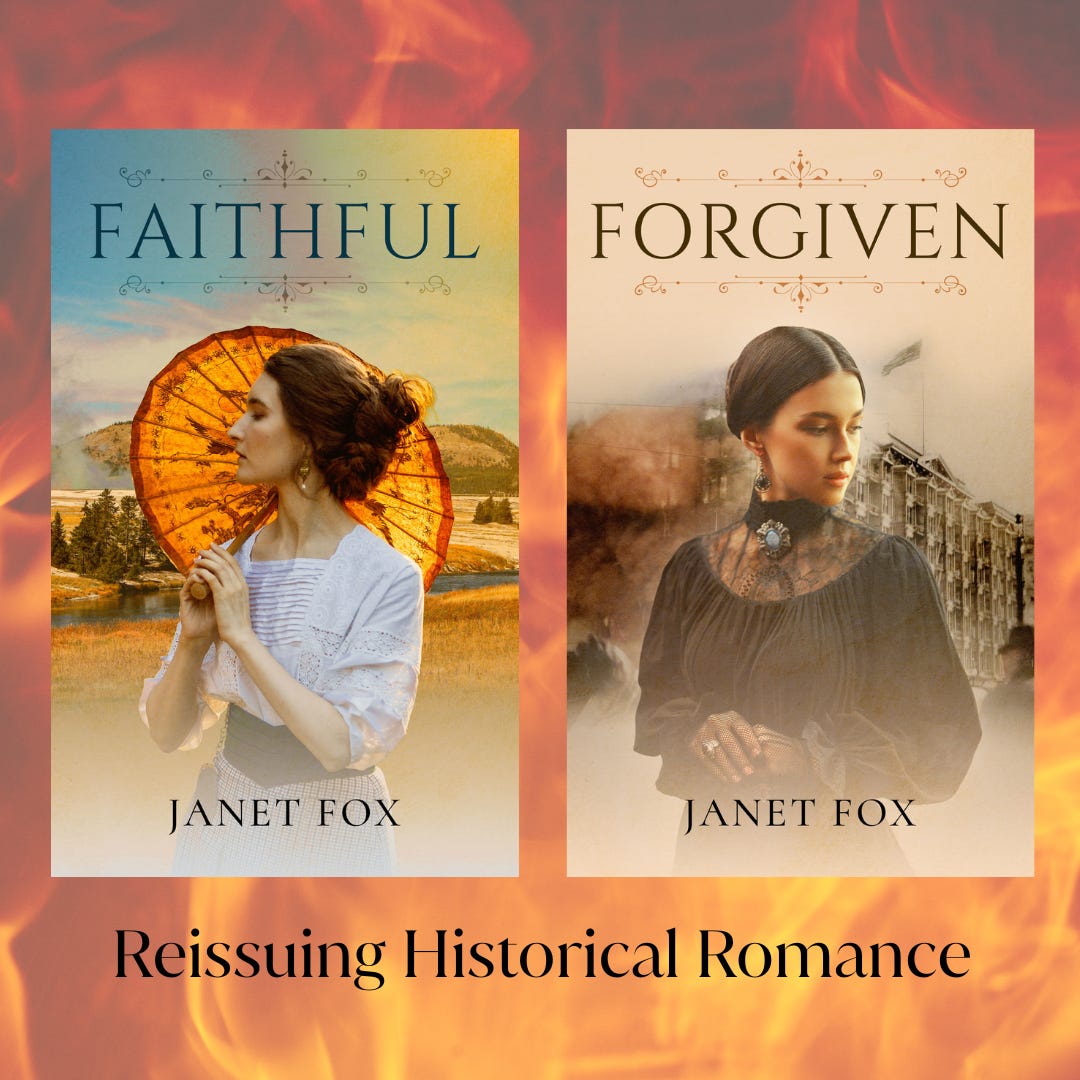In comments on my post of a couple of weeks ago, Natasha, who is writing a middle grade series, asked the following: “It’s tricky to balance a recap of where things are with what you suggest about first pages.”
As the author of a couple of “series”, I agree. So I thought I’d write a post examining this subject.
First, The Series
Natasha did emphasize that each book could stand alone. That’s very good, because it’s even harder these days to sell a true series than it is to sell a stand-alone - which is hard enough, as many of you know.
So if you plan on writing a series, write the first one and make sure it’s so fabulous that no agent or editor or reader could resist. And if you are marketing that first one, I’d hesitate even mentioning the series aspect, unless you’ve been previously published and are at least moderately successful.
That said, series are popular in middle grade, especially if they are humorous (The Last Kids on Earth) or high fantasy (The Forgotten Five) or solid mystery (City Spies).
Second, The Connective Tissue
But say you are successful with that first one. Maybe the success is so surprising that your publisher pushes for a sequel or more, and you are ready. Let’s look at the wildly successful Mystery of Locked Rooms.
Lindsay Currie wrote a page-turning mystery about three kids who are trapped in a fun house as they try to search for a long-missing reward. In book one we meet the kids, we learn about the internal desire that drives this search (Sarah’s need for money due to her dad’s illness) and the external goals of all three characters (they love “escape room” adventures). The story jumps right in, told from Sarah’s first person POV, with immediate action as the kids work together, with immediate consequences and high tension from page one.
Book 2, The House With No Keys, begins exactly the same way: Sarah’s first person POV, action right from the start, no recap of previous adventures. Each of these stories in these opening pages could very easily stand alone.
So what connects the two? Quite simply, the voice.
The first person narrative from Sarah’s POV is still on point, sharp and kid-friendly, filled with the right number of details without explanation, including the relationship shared by the three characters.
However - writing from the same point of view isn’t the essential part. When I wrote The Artifact Hunters, a “sequel” to The Charmed Children of Rookskill Castle, I chose to write a story from a different POV entirely, and even set the story later in time. The connective tissue was also voice, but this time contained in the spooky quality of the narrative and the creepy castle setting.
I also wrote a pair of YA historical romances that I’m now bringing back from out-of-print-land and they are tied together by the genre and setting as well as some character overlap, but mostly by voice.
But Wait, There’s More
When you look at The House With No Keys, the first thing you see is the inside jacket flap which starts:
It’s been just over a year since Sarah, Hannah, and West made it through the epic funhouse that changed their lives forever.
Even if that’s all you read, you’d be primed. The jacket flap gives a new reader all they need to dive right in, even if they hadn’t read book one.
And the covers - they are certainly always a giveaway as to the connection between or among books of a series. You can see this in the choices I’m making in my reissued covers here.
Furthermore, these series books are all written in the same genre. My two middle grades are fantasies set in World War 2, and my historical romances are set two years apart. Lindsay’s pair are pure mysteries. This genre connection is true of all the books I’ve mentioned.
Bottom Line
If you are writing a series, don’t do any explaining on page one of your second/third/etc. book. Don’t backtrack or start with backstory. Just jump right into the new story, with new action, with new internal and external emotional drivers, and with your character’s agency and a strong and connecting voice. And, yes, that works even if the characters aren’t all the same, as it did for my middle grade series and my YA series as well.
Between voice, genre, and setting, you don’t need anything else to give the audience the connective tissue that will make your books into a series.
Exercise: Amazon’s preview option is very useful. Go read a dozen first pages in your chosen genre, and if you write series, be sure to read series’ first pages. Make notes on voice, genre, and setting.
As always, write on!




Thanks so much for this Janet! I’m revising my third book now and will be taking your advice into consideration.
This is such great advice, thank you, Janet!